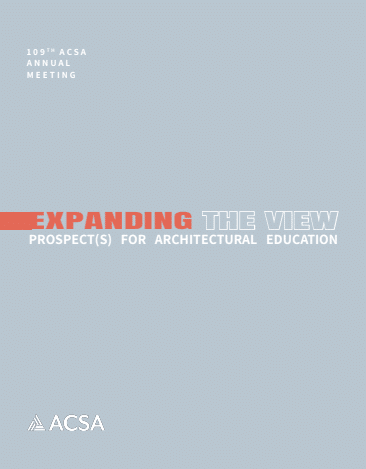Author(s): Zachary Tate Porter
Speaking to the graduating class of Kenyon College in 2005, David Foster Wallace defined the value of education as the ability to choose how one sees the world. “It is within your power,” he suggests, “to experience a crowded, loud, slow, consumer-hell-type situation as not only meaningful but sacred, on fire with the same force that lit the stars.”2 The scene that Wallace was describing takes place in a supermarket, likely one housed within a typical big box structure, over-exposed with harsh fluorescent lighting. In Wallace’s parable, the point is to empathize with the clerks and fellow customers in the crowded supermarket who at first seem intolerable, but may, in fact, be experiencing hardships of their own. But what if this empathetic gaze were extended to the building typology that the scene takes place within? What if one consciously chose to see the oft-maligned architecture of American suburbia not as an emblem of consumerism’s unsustainable reliance on excess and waste, but instead, as an untapped inventory of architectural ideas and tectonics that could potentially be redirected towards different ends.
https://doi.org/10.35483/ACSA.AM.109.14
Volume Editors
ISBN
978-1-944214-37-1

 Study Architecture
Study Architecture  ProPEL
ProPEL 
